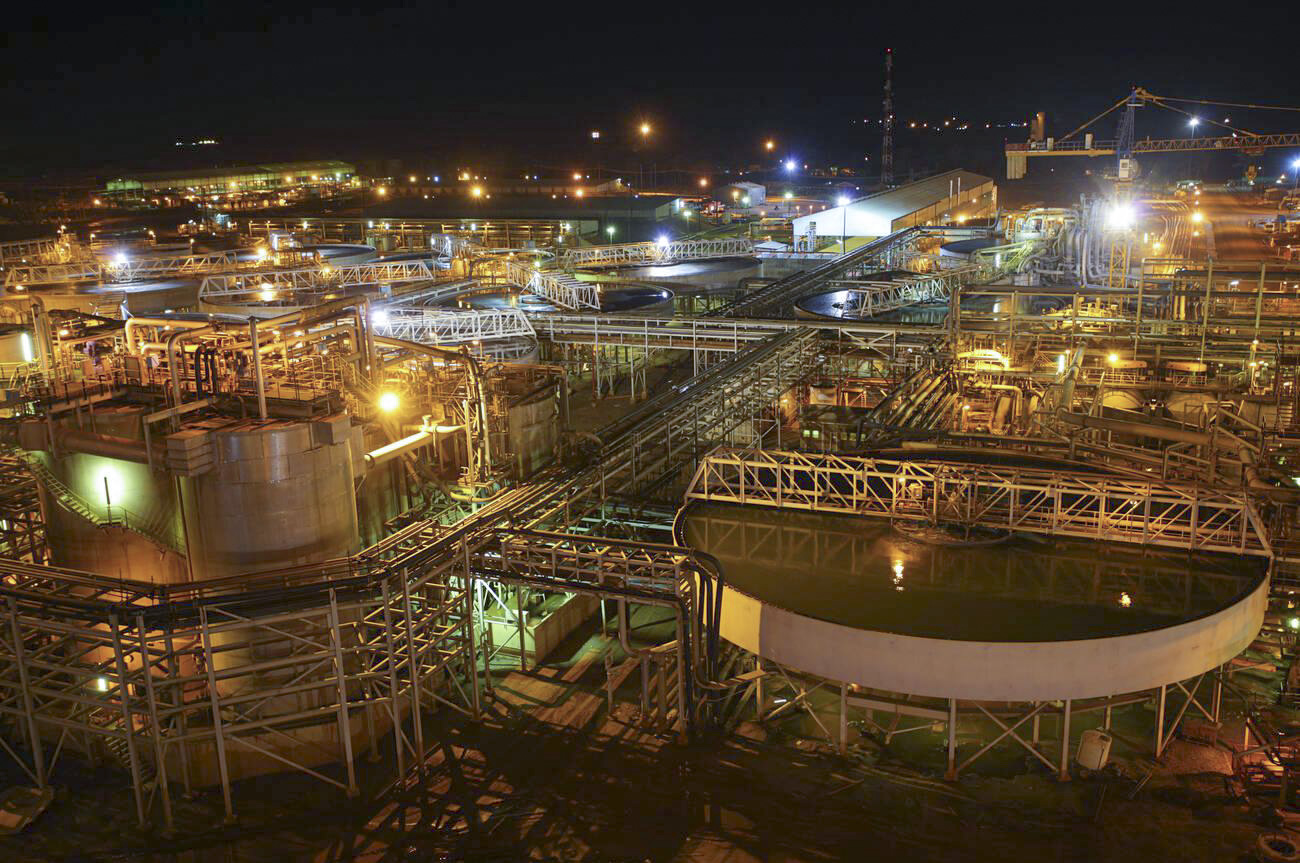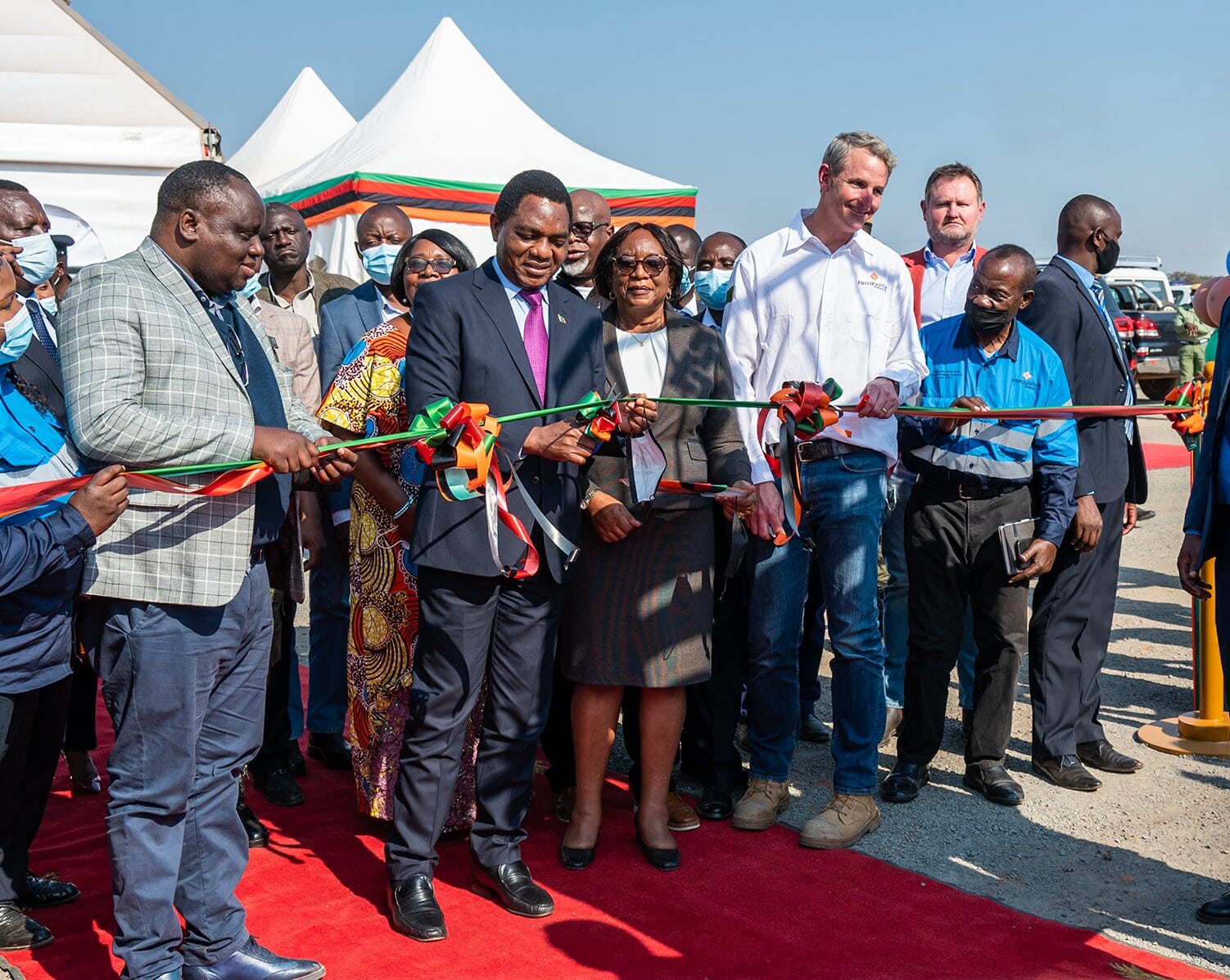Pipe dreams, many of us have harboured them throughout our lives. In our pursuit of success, we often encounter dreams that seem unattainable. Some are fulfilled through relentless determination, others by fortuitous chance, and sometimes it comes down to being in the right place at the right time.
During Zambia’s independence in 1964, the country relied on a refinery near Umtali in what was then Southern Rhodesia for its fuel supply. Prominent multinational Oil Marketing Companies (OMCs) like Agip, Caltex, Mobil Oil, Shell-BP, and Total imported petroleum products from Southern Rhodesia into Zambia, establishing a lucrative intermediary system that catered to the local Zambian market.
However, the closure of the southern route forced Zambia to implement petrol rationing on December 23, 1965, which endured for three years and had a devastating impact on the economy. Recognizing the urgent need for change, the Zambian government took decisive action and birthed the Tazama Pipeline project. This visionary initiative involved importing fuel into Dar es Salaam and channelling it through a pipeline into Zambia, with valuable technical assistance provided by the Chinese government, which was sensitive to the needs of newly independent African states.

The Tazama Crude Oil Pipeline was meticulously constructed to facilitate the transportation of crude oil from the port of Dar-es-Salaam to landlocked Zambia, achieving an affordable and sustainable economic cost. When installed in 1968, the pipeline boasted an impressive carrying capacity of 1,100,000 tonnes (1,212,542 tonnes) annually. However, by 2002, this capacity had regrettably deteriorated to 600,000 tonnes (661,387 tonnes) per year.
The tank farm situated in Dar es Salaam featured six onshore storage tanks, comprising three tanks with a combined capacity of 36,000 cubic meters (36,000,000 L) and three tanks with a combined capacity of 41,000 cubic meters (41,000,000 L). Along the route, seven pump stations were strategically positioned between Dar-es-Salaam and Ndola, encompassing five in Tanzania and two in Zambia.
Unfortunately, Zambia found itself cut off from Angola, an oil-producing country situated west of its borders. Angola gained independence after the April 25, 1974, Carnation Revolution in Lisbon. Lobito’s port activities faced severe limitations due to disruptions in railway transit and the heightened insecurity prevalent during the Angolan Civil War (1975–2002). Prior to the war’s disruption, the Benguela route, utilized by both Zambia and the Democratic Republic of the Congo (then Zaire), successfully transported 3.3 million tonnes in 1973. Subsequently, peace and stability during the 2000s paved the way for Lobito’s reconstruction and marked a resumption of its path toward development.
Fast forward to 2023, and we find ourselves on the cusp of the Angola-Zambia Refined Petroleum Multi-Product (AZOP) project. Encompassing a 1,400-kilometer route from the port city of Lobito to Lusaka in Zambia, this monumental venture represents a remarkable $5 billion deal to be jointly developed by the private sector, Angola’s national oil company Sonangol, and Zambia’s state-owned Industrial Development Corporation (IDC) as strategic equity partners. The Angola-Zambia Oil Pipeline, projected to span approximately 1,400 kilometres and boast a capacity of 200,000 barrels per day, will transport petrol, diesel, kerosene, and gas, thereby reducing fuel prices in Zambia while simultaneously serving as a lucrative source of revenue for Angola.
Demonstrating their unwavering commitment to the project, both President Hakainde Hichilema of Zambia and President Joao Lourenco of Angola have pledged their support. Zambia plans to acquire stakes in Angola’s Lobito refinery, which is currently under construction. The project is scheduled for completion by 2026, with an expected refinery capacity of 200,000 barrels daily. Private investors, in collaboration with Zambia, are poised to own a majority 70% stake, while Angola’s national oil company Sonangol will retain a 30% share in the oil infrastructure facility.

Zambia’s strategic decision to import fuel from Angola holds immense potential for transformative benefits, including reducing pump prices and mitigating supply shocks. By acquiring a stake in the Lobito refinery and facilitating the proposed oil pipeline from Angola to Lusaka, Zambia is actively fostering and nurturing growing economic cooperation between the two countries.
With a keen focus on ameliorating the fuel sector, the Zambian government has diligently implemented various measures. These include diversifying fuel import sources and encouraging the adoption of alternative energy sources. Additionally, the government has sought to strengthen trade relations with neighbouring countries, exemplified by their proactive engagement with Angola, to reduce import dependency and lower pump prices.
Renowned Zambian energy expert and Chairman of the Energy Forum, Johnstone Chikwanda, has expressed his belief that energy diplomacy within a bilateral framework involving Zambia and Angola could prove to be the long-awaited solution that has eluded both governments for the past two decades. Chikwanda posits that, aside from direct procurement based on energy diplomacy with a producing country, the only other options for guaranteeing affordable fuel would entail Zambia discovering its own oil resources. This endeavour would undoubtedly require considerable time and resources to develop adequately. So, is this ambitious venture merely wishful thinking, a mere pipe dream? Or is it the dawn of a well-oiled future for these two neighbouring nations? Only time will reveal the answer.















